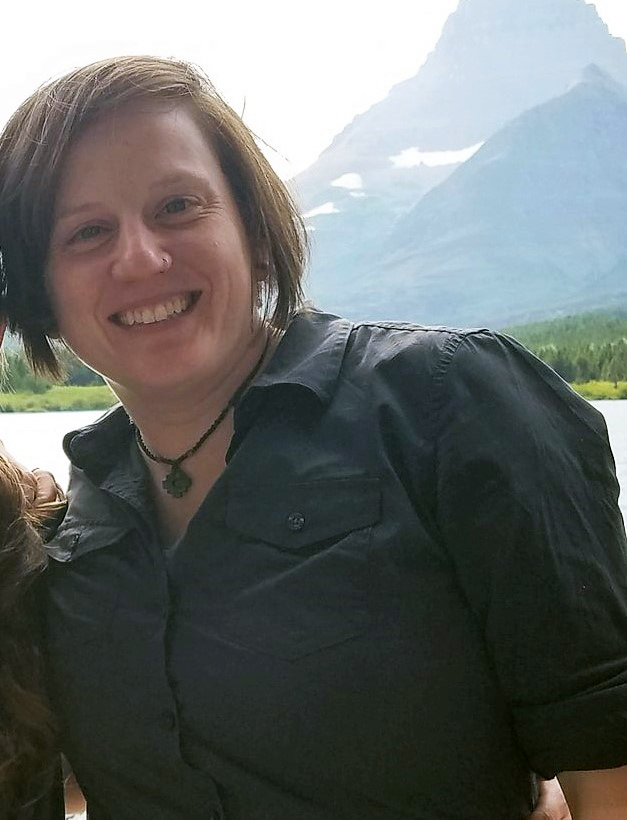
What are you currently doing in your career?
Since early 2015, I have been working at the U.S. Geological Survey (USGS) Wetland and Aquatic Research Center. I’ve worked on a range of studies, most of which aim to inform conservation management actions for the federally protected flatwoods salamanders. Currently, my research focuses on the effects of phenological changes (e.g., timing of breeding events) on populations of this species. Another major focus of mine has been to help develop an adaptive management strategy for the species, which has allowed me to dive into the realm of decision analysis. In Fall 2016, I began the Decision Analysis Certification Program through the USFWS National Conservation Training Center; through this program, I’ve gained valuable decision analysis experience through coursework, teaching, and facilitating.
If you could meet one scientist past or present who would it be and why?
I would have loved to be a fly-on-the-wall when Daniel Kahneman and Amos Tversky worked together. Given the incredible amount of knowledge they generated around decision making, I can only imagine how fascinating their conversations would have been.
If you could tell them one thing about your work what would it be?
I don’t know if they would have envisioned their experiments in psychology being applied in the area of wildlife conservation (via decision analysis). I’d want to thank them for their insightful scholarship on cognitive biases, and for helping us all become better decision makers.
What would be your ultimate next career move?
I have always wanted to work at the interface of science and natural resource management. My (nearly) five years at USGS have only strengthened that conviction—whatever is next, I want to continue working on wildlife and natural resource management questions that land managers and decision makers need answered. I’m on track to complete my decision analysis certification in the coming year, and I want my ultimate career move to focus more exclusively in the realm of decision analysis. I think structured decision making is an ideal framework for fostering those research-management collaborations, and I love helping people learn how to make better natural resource management decisions.
If you had one wish, what environmental issue would you solve and why? The most critical environmental issue I’d wish to solve is climate change. I view a lot of environmental issues through the lens of amphibian conservation; there are many major threats to biodiversity (e.g., habitat loss and degradation, disease), and many indications that climate change will do nothing but exacerbate all those other issues. From a decision analysis perspective, climate change also adds a layer of complexity to forming predictions and making good decisions.